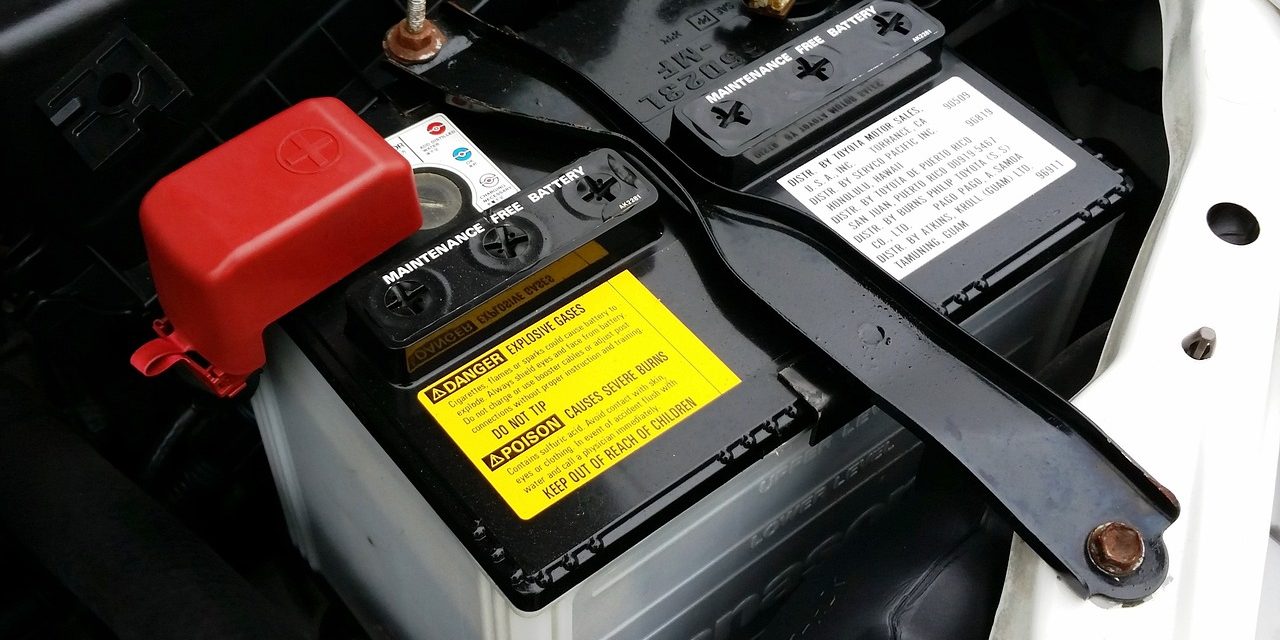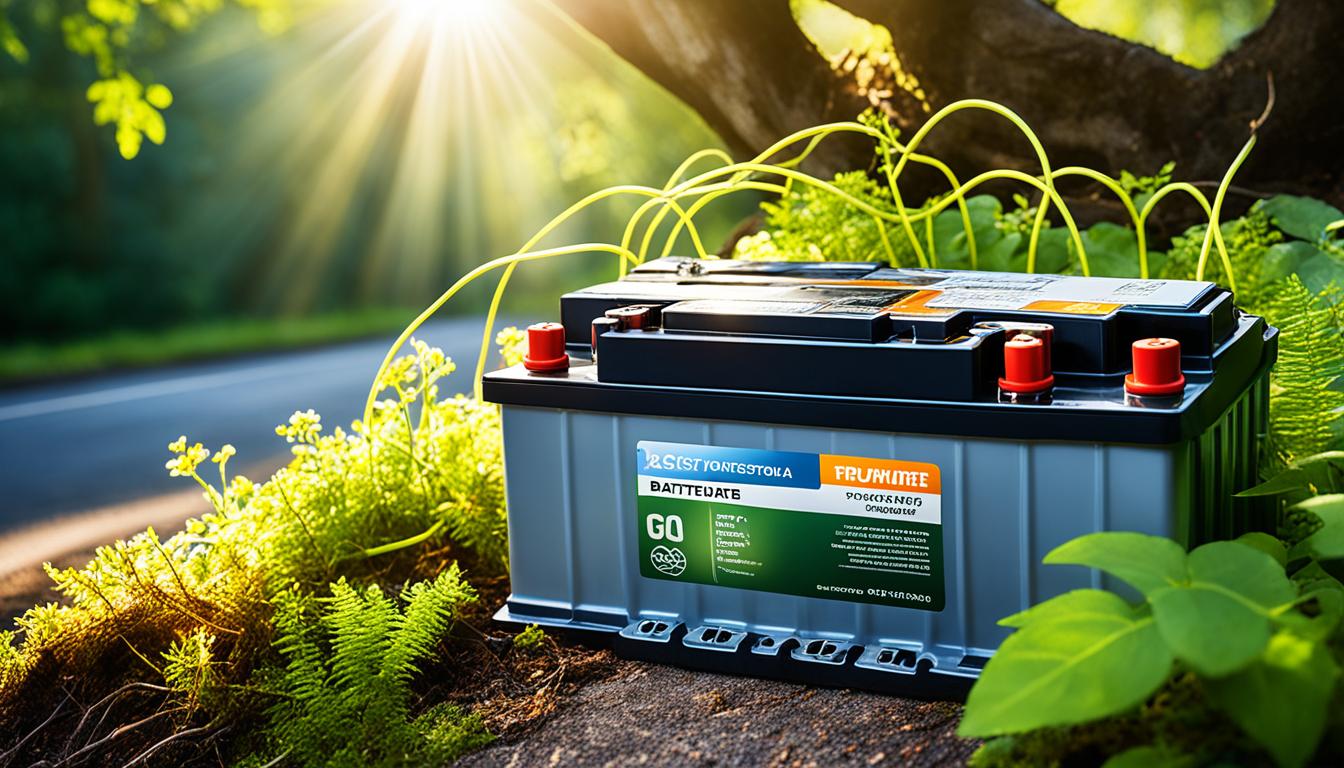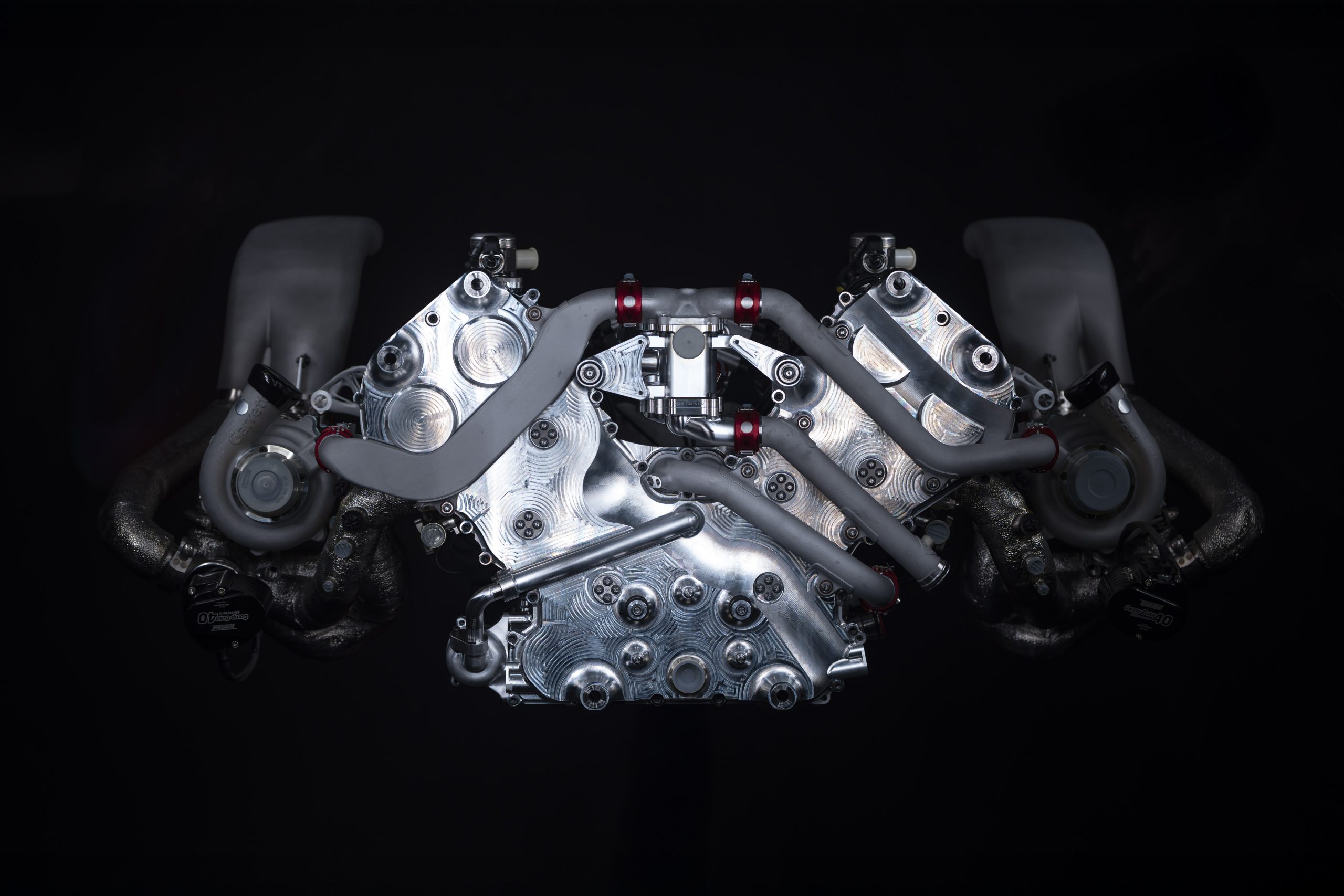Car Battery Lifespan Explained


Ever thought about how long your car battery will work? Maybe you’re not sure what affects its life. Knowing about car battery life and how to maintain it helps your car run well. Let’s explore how long car batteries last and how to make them last longer. This article will give you all the info you need.
Factors Affecting Car Battery Lifespan
The battery build quality is a big deal. It depends on the parts and how the battery was made. Good quality batteries last longer.
The age of the battery matters, too. If it’s been in the car a long time or sat on a shelf, it might not last as long. Newer batteries usually last longer than old ones.
Where you live makes a difference, too. Really hot or cold weather can wear out a battery faster. Knowing your region’s climate helps you protect your battery.
Where the battery is in your car can change its life. Batteries in cooler places, like trunks, might last longer than those under the hood. Check where your battery is and move it if needed.
Getting the battery in right is very important. It should be tight and connected well. This stops it from getting damaged by shaking, which can shorten its life.
The car’s health is linked to the battery, too. If the alternator or charging system isn’t working, the battery might die early. Check your car’s electrical parts to keep the battery healthy.
By keeping these factors in mind, you can make your car battery last longer. Check your battery often, get it installed right, and look after it based on the weather and its age. Buying a good battery from a trusted brand helps a lot, too.
Signs of a Dying Car Battery
Knowing the signs of a dying car battery is important. It helps you avoid getting stuck. Look out for these key signals:
- Slow engine turnover: A slow start when you turn your key is a red flag. If it sounds weak or clicks, think about your battery.
- Dim headlights and electronic issues: Your lights and other gadgets might act up. They could dim or flicker. That’s often a battery issue.
- Check engine and other indicator lights: Dashboard lights coming on means trouble. It could be your battery letting you know it’s struggling.
- Low battery fluid level: When a battery is dying, its fluid level might drop. But remember, dealing with battery fluid is risky, so check your manual first.
- Bloated battery case: A swollen battery case points to a failing battery. Overcharging or extreme heat are usually to blame.
- Sulfurous smell: Smelling something like rotten eggs could mean your battery is leaking gas. It’s a serious situation that needs immediate attention.
If you see these signs, get your battery checked and possibly replaced. Don’t ignore a failing battery. It could cause problems when you least expect it. Always stay alert to changes in how your car’s electronics work.
Prolonging Car Battery Life
You can make your car battery last longer with a few simple steps. Doing so will cut down on breakdowns and the need for new batteries.
Use a Battery Blanket
In very cold areas, a battery blanket is a great idea. It stops the battery from freezing. This keeps your battery working well and lasting longer.
Regular Maintenance Charging
If you take short drives or let your car sit a lot, maintenance charging is key. This keeps the battery from losing charge. Using a battery maintainer or trickle charger can help.
Proper Battery Installation
How you install your battery is important. Follow the maker’s instructions and use the right accessories to reduce shaking. This protects the battery and the car parts around it.
Develop Regular Driving Habits
Good driving habits can also help your battery last. Try to avoid short trips. They wear out the battery without letting it fully recharge.
Driving for longer stretches helps the battery recharge completely. This is good for the battery and your car.
Remember these tips to keep your car battery going strong. A healthy battery means less worry when driving.

Replacing a Car Battery
Every car battery needs replacing eventually. When your car shows signs of a bad battery, it’s important to act fast. A professional can do a load test to see if the battery is the issue. This test checks if the battery can hold a charge and start the car.
There are clear signs a battery needs to be changed:
- Battery Light: If the battery light stays on after a jumpstart, the battery isn’t holding enough charge.
- Car Stalls Once Jumper Cables Are Removed: Stalling after cable removal means the battery can’t keep the car running.
- Car Runs Poorly After a Jumpstart: A jumpstarted car that runs badly might have a failing battery.
- Lights Dim When Accessories Are Turned On: Dimming lights show the battery can’t support the car’s needs anymore.
It’s crucial to fix both battery and charging system issues. If you see these signs, check with a mechanic. A professional can pinpoint the problem and suggest the best fix.
A mechanic doesn’t just look at the battery. They will also check the charging system. This step is key to avoid further problems after a new battery is installed.
By changing a weak car battery quickly, you prevent getting stuck and keep your car going strong.
Best Car Batteries on the Market
Choosing the right car battery involves thinking about its type, size, and other features. You need to look at the battery’s type, like lead-acid or AGM. Also, consider its size, the way it connects, and how powerful it is. By thinking through each of these, you’ll get a battery that works well for your car. It needs to fit, provide the needed power, and work reliably.
Battery Type
There are two main types of car batteries: conventional lead-acid and AGM. The first type is more common and less costly. AGM batteries are newer and offer better performance, especially in harsh conditions. They are also good for vehicles with a lot of electrical features.
Physical Size
It’s vital that the battery fits well in the car’s battery spot. Car batteries come in many sizes. Make sure to know the size so it matches your car’s needs. This may mean checking the car manual or the old battery.
Terminal Configuration
The way the terminals are placed on the battery is also important. Getting the right terminal setup is crucial. It’s needed for the battery to work well with your car’s electrical system.
Cold Cranking Amps (CCA) Rating
The CCA rating tells you how well the battery starts in cold weather. A higher CCA number is better for cold climates. It means the battery can provide more power to start your car.
Battery Group
The battery group shows the size and where the terminals are. Picking the correct group size is key. It makes sure the battery will fit and connect right in your car.
Thinking about these points will help you pick the best battery for your car. This means your car will start easily and run smoothly. It’s all about making the right choice for your vehicle’s needs.

Conclusion
It’s key to know how long your car battery lasts and how to take care of it. There are things that can make your battery life shorter. So, understanding these signs and learning how to make your battery last longer is important. Choosing the right battery is also crucial.
Also, keeping an eye on your battery’s health and doing regular check-ups is a must. This will prevent you from getting stuck with a dead battery.










